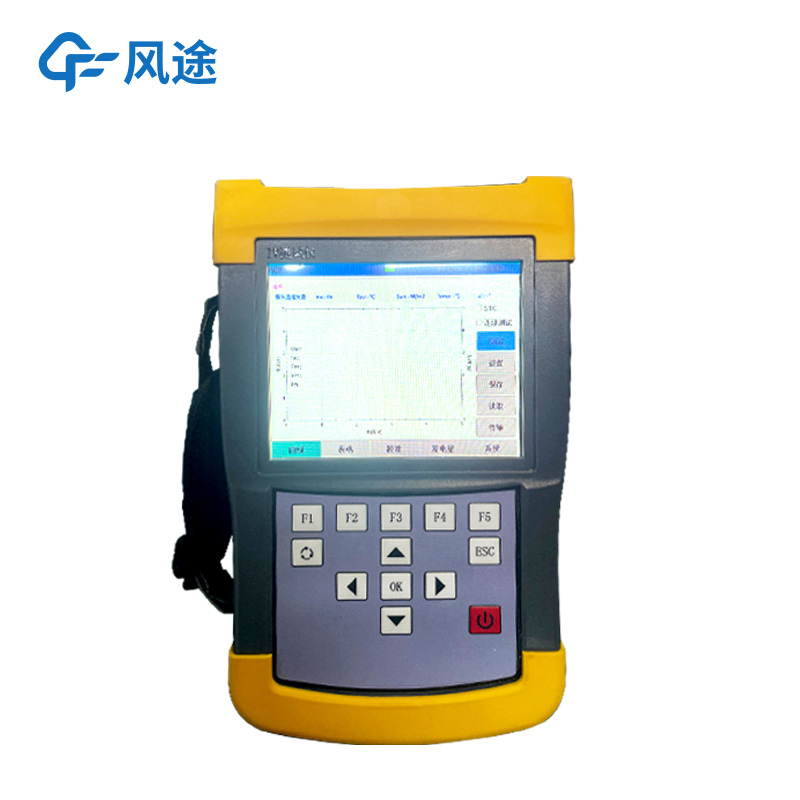Shandong Fengtu IOT Technology Co., Ltd
Sales Manager:Ms. Emily Wang
Cel,Whatsapp,Wechat:+86 15898932201
Email:info@fengtutec.com
Add:No. 155 Optoelectronic Industry Accelerator, Gaoxin District, Weifang, Shandong, China

Sales Manager:Ms. Emily Wang
Cel,Whatsapp,Wechat:+86 15898932201
Email:info@fengtutec.com
Add:No. 155 Optoelectronic Industry Accelerator, Gaoxin District, Weifang, Shandong, China
time:2025-05-28 09:40:31 source:Weather Station viewed:338 time
In the solar photovoltaic industry, IV curve testing is a critical technical method for evaluating the electrical performance of photovoltaic (PV) modules and module strings. This test involves simulating different light intensities and temperature environments to systematically measure the current-voltage relationship of PV modules/strings under various operating conditions, thereby obtaining a series of key performance parameters. These include open-circuit voltage (Voc), short-circuit current (Isc), maximum power point voltage (Vmp), maximum power point current (Imp), maximum power point (Pmax), and fill factor (FF). These parameters directly reflect the power generation capacity of PV modules/strings, as well as their adaptability and operational stability under different environmental conditions, serving as important indicators for determining the quality level of PV modules.
During the actual operation of photovoltaic power plants, environmental influences, natural equipment aging, and human operational errors often occur, all of which may lead to equipment failures or performance degradation. IV curve testing plays a vital role in power plant operation and maintenance. By analyzing changes in key points of the IV curve, technicians can promptly detect anomalies in the operation of PV modules/strings. Whether it is a decrease in current caused by local shading or voltage attenuation due to module aging, these issues can be intuitively displayed through the IV curve, helping the maintenance team quickly locate the causes and specific locations of faults. This significantly shortens troubleshooting time, effectively ensures the operation efficiency and stability of the power plant, and enhances overall power generation benefits.
Photovoltaic IV testing is based on the principles of the photovoltaic effect and circuit analysis. During the test, it is first essential to ensure correct connection between the solar cell module and the Portable IV Curve Tester. Irradiance intensity received by the module and backplane temperature are collected through standard cells and temperature sensors, providing accurate environmental parameters for the test. The solar cell module is then placed in an open-circuit state to measure its open-circuit voltage (Voc). Subsequently, the tester gradually increases the operating voltage of the module from 0V while real-time measuring the corresponding output current. Finally, the collected voltage and current data are processed to plot a complete IV curve, which visually displays the electrical characteristics of the PV module and provides data support for module performance evaluation and fault diagnosis.

As industries such as transport, aviation and navigation continue to develop, weather phenomena such as atmospheric pollution and haze have become important factors in limiting the development of these industries. In this context, there is increasing interest in the use of visibility monitoring inst...
Dear customer, welcome to learn about moisture monitoring system.Moisture monitoring system is a kind of agricultural informatization technology, which can monitor the soil moisture, temperature, humidity and other parameters in real time to help farmers keep abreast of the soil condition, rationall...
weather detecting technology is a device that measures and monitors meteorological conditions and is used for weather forecasting, weather monitoring, and other meteorological services....
A rain monitor is a specialized device that can be used to monitor and record rainfall at different locations. The main components are rainfall sensors and data output devices.The following are the main features of the rain monitor and its working principle:Features: The rainfall monitor is characte...